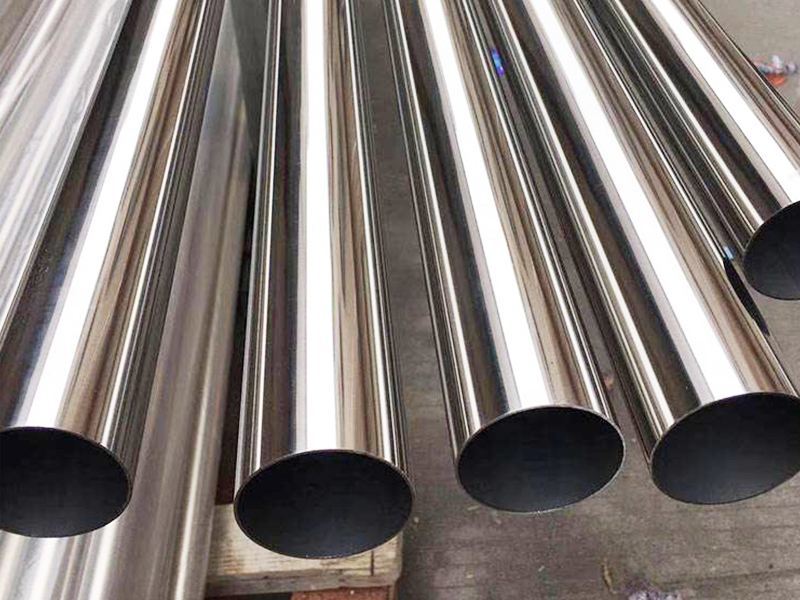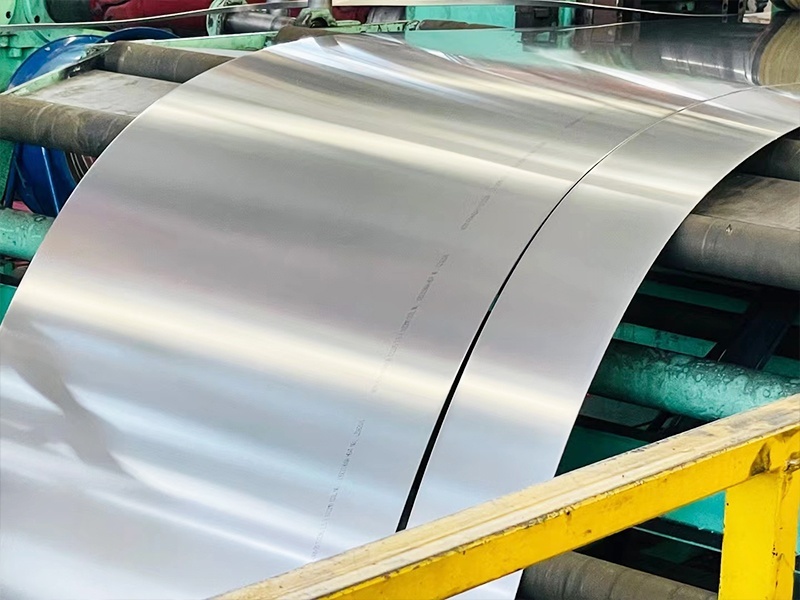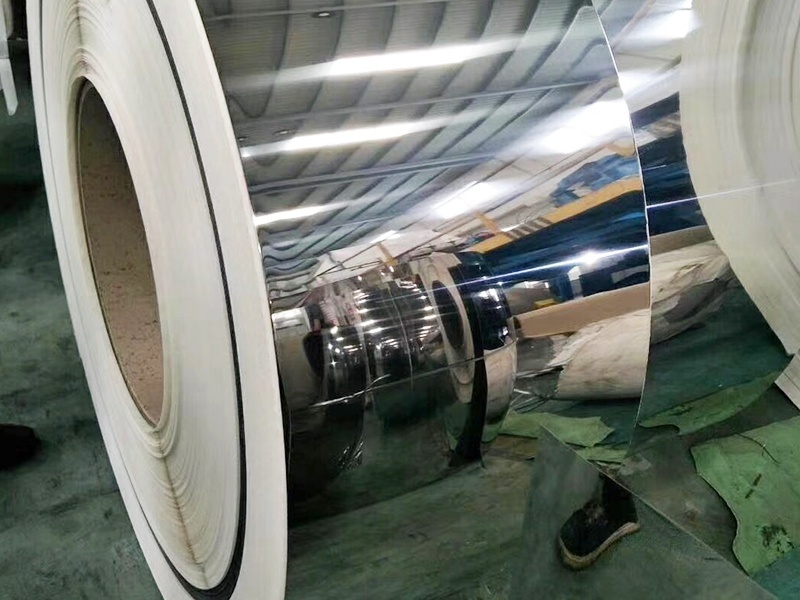Form classification of stainless steel
Release Time:
2024-05-27
Views:
Stainless steel can be divided into five categories: coils, plates, profiles, steel pipes and parts. The most important ones are coils and plates.
Stainless steel can be divided into five categories: coils, plates, profiles, steel pipes and parts. The most important ones are coils and plates.
Profiles are materials of various shapes made of plates, including angle steel, flat steel, I-beam, and channel steel.

Steel pipes mainly refer to seamless steel pipes, and the opposite of seamless steel pipes is welded pipes. The difference lies in whether they are formed at one time.
Parts mainly refer to elbows and flanges and other small things.
Coiled materials and plates are actually the same. They are just in different factory forms. Coiled materials come in rolls, and plates come in sheets. If they leave the factory, they are plates, also called original plates. They are usually thick plates because they are very thick. If it is, it cannot be rolled. Generally, it cannot be rolled if it is above 16 mm.

There are rolls and plates, often plates. The prices of rolls and plates are also different. If you purchase rolls, they are calculated based on actual weight, so the price is high. Plates are calculated based on theory, so the price is low. , the reason is that there is a difference. For example, the actual thickness of 10mm may be 9.6mm, and there will be a price difference in the middle.

Stainless steel plates are divided into hot rolling and cold rolling according to the different rolling processes of the rolling mill (rolling mill is the name of the machine for rolling plates).
Hot rolling is usually marked as NO.1 and cold rolling is marked as 2B or BA (BA has a better and brighter surface than 2B, and is close to a mirror. The best is a mirror surface. The mirror surface is not in stock and needs to be processed). For example, 304 is often purchased. Plate, that means that the roll must be flattened into a plate form by a machine, and this machine is a flattening machine.

It can be opened into different lengths through the flattening machine. If it is not a regular length, it is called a fixed opening, which means a fixed opening size, because customers often put forward different length requirements based on actual needs. At this time, the roll becomes important. Conventional The board cannot meet the requirements.
Domestic cold-rolled plates are generally below 3 mm, and hot-rolled plates are generally above 3 mm. The thickness of 3 mm is both hot-rolled and cold-rolled, but the thickness of imported cold-rolled plates can be below 4 mm or even below 6 mm.
Hot-rolled plates from 3 mm to 12 mm are called medium plates, and those above 12 mm are called thick plates. They can be thicker than 120 mm and are also called hot-rolled medium-thick plates, while cold-rolled plates are cold-rolled thin plates.
Keywords:
Latest News
2024-08-27



